It’s a burger boom time. While beef burgers have long been a family favorite and a key comfort food, the ongoing COVID-19 pandemic and subsequent rise in home-prepped meals is elevating interest and sales patties and grinds.
“If you are in the burger business, you had a really good year,” says Chris DuBois, senior vice president of the protein practice for Information Resources Inc. (IRI), a Chicago-based market research firm.
Sales of ground beef, the major burger component, totaled $11.91 billion for the 52 weeks ending Jan. 24, up 21.6 percent from the year-earlier period, IRI reports. Sales were split almost evenly between fixed-weight and random-weight grinds, with fixed-weight sales up 22.7 percent and random weight having a 20.6 percent gain. Figures are from total U.S. multi-outlet stores including grocery, drug, mass market, military and select club and dollar retailers.

A Sizzling Sector
How to Keep Burgers a Foodservice Favorite
A Powerful Push for Plant-based Patties
In addition, about 55 percent of consumers report eating burgers either at home or at foodservice at least once a week, states Technomic Inc., a Chicago-based food industry research and consulting firm.
“Meat has done very, very well during the pandemic with beef as the king of the castle,” says Anne-Marie Roerink, principal of 210 Analytics, a San Antonio-based market research and marketing strategies firm and preparer of the Power of Meat 2020 report. “That makes having a strong burger program even more important.”
The greater numbers of consumers cooking at home during the pandemic account for much of the sales gain, and many shoppers are now seeking newer and more exciting alternatives in response to “meal fatigue,” analysts say. It is leading retailers to merchandise more value-added selections, including premade burgers that feature different seasonings, toppings or proteins and are available at the full-service meat counter, in case-ready packages on shelves or bunkers, or in the frozen food section.
“This idea of a preparation short-cut is becoming increasingly important,” Roerink says. “At the beginning of the pandemic, shoppers were enthusiastically purchasing cutting boards, bowls, knives, skillets and other basic kitchen utensils. But after nearly a year of cooking way more meals than ever before, cooking is starting to feel more like a chore, and the short-cut is back with a vengeance.”
Premium products with higher prices and higher margins are fueling much of the category growth, says Jim Wisner, president of Wisner Marketing Group, a Lake Forest, Ill.-based retail consultancy. Such value-added selections include burgers that originate from grass-fed and organic beef, and patties with upscale and unconventional grinds, including Wagyu, Angus and prime beef, he says.
Buying premium burgers also is a way for consumers to compensate for not being able to dine out because of the pandemic, Wisner says. “It elevates the eating experience without requiring people to spend as much money as they would in restaurants,” he says. “Consumers are saying, ‘I can splurge because I’m saving money, and the meal doesn’t cost me a whole lot more than usual.’ It is a cheap thrill.”
Change is in the air
The rise of single-person households, a segment that is more likely to purchase premium foods, is contributing to the greater burger activity as well, Wisner says, adding that premium sales are increasing across every income segment. Younger shoppers who “explore the world through the foods they eat” and have the greatest interest in foods with novel flavors and different ingredients are among the most active category buyers, says Mark Gwin, product integration manager for the Wooster, Ohio-based Certified Angus Beef brand.
Among the increasingly prominent newer varieties are Chicago-style burgers with an abundance of toppings, which had an 81.2 percent year-over-year sales gain for the year ending Jan. 27, IRI reports. Also registering strong sales gains were burgers with hot flavors, up 76 percent; Jamaican-style burgers that contain a mix of spices, up 72.8 percent; and sweet onion burgers, with a 46.9 percent sales increase.
“Most retailers carry the basics in terms of burgers — a few different sizes of beef burgers in a variety of leanness levels,” Roerink says. “Where the differentiation starts is in the premium burgers and this is where fun, flavor and variety shines.”
She notes that merchandisers also are creating burgers that mix such cheeses as cheddar, gouda or blue cheese with the grinds, as well as bacon, mushrooms and other various vegetables. “This provides shoppers with something completely different every few weeks as many retailers use these gourmet burgers to bring limited-time offers,” Roerink says. “Some case-ready premium brands also are doing extremely well in offering restaurant alternatives, which are often larger patties made with premium-quality beef.”
In addition, activity is increasing for burgers made from short ribs and brisket, along with protein mixes, often beef and pork, DuBois says. “The blended burger is popular if you can get the taste right,” says Kay Cornelius, general manager of Panorama Organic Grass-Fed Meats, a Westminster, Colo.-based supplier of ground beef and other beef products.
Many consumers, meanwhile, are willing to pay a dollar or two more per pound for the convenience and variety of fresh, premade value-added burgers, DuBois says. “Retailers can be very successful if they invest in forming the burgers properly, getting the flavors right, understanding the local markets and maybe even offering burgers from the local restaurants that are driving flavor trends,” he says.
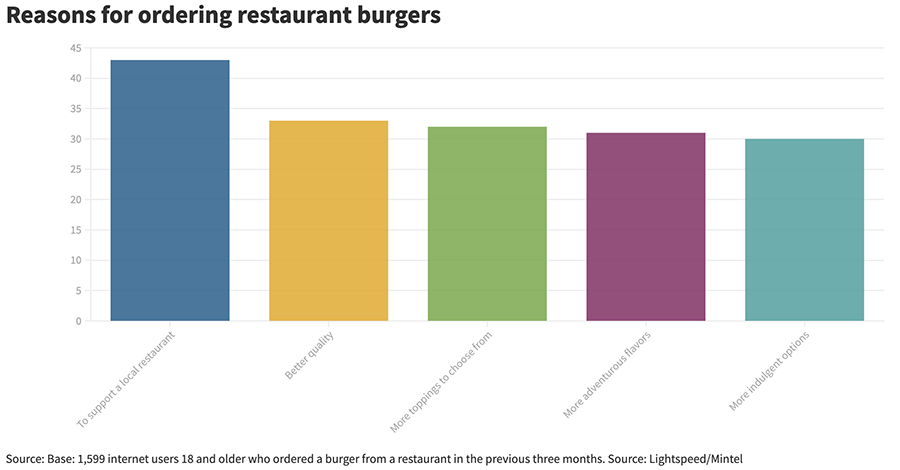
Stand out from the crowd
Having a strong premade burger program is important. A superior full-service, value-added counter is a powerful magnet for drawing shoppers to stores, DuBois says. “Retailers that invest in prepared burgers and have attractive rotating flavors will see their meat department sales grow overall,” he says. “That is an integral part of getting the case right.”
By routinely changing burger selections, retailers can provide a greater array of options, which enables them to better stand out from competitors, DuBois says. “Find the few anchor flavors and then bring in new items a few times a year to surprise shoppers,” he says.
Merchandising signature burgers with unique recipes that only are available in their outlets also enables retailers to become the go-to burger destination for shoppers, Wisner says, noting that such recipes might include beef and pork or turkey blends or lower-fat bison.
“Supermarkets need something that creates interest, even if only for a handful of customers,” he says. “It makes a statement to everyone else that their butcher is better than those of competitors who are offering the same selections as everyone else.”
To best spotlight fresh premade burgers, retailers should display options at full-service meat counters and have enough space in the case to hold a range of items while enabling each burger to be distinctive from one other, DuBois says.
“Offering many varieties to ensure customers can find exactly what they are looking for is essential,” says Bridget Wasser, senior executive director of product quality and education at the Centennial, Colo.-based National Cattlemen’s Beef Association, a contractor to the Beef Checkoff.
She says retailers should provide burgers with multiple lean points and use “captivating” packaging and displays to help draw attention to the proteins. In addition, marketing ground beef next to cheese in the dairy department or creating cross-merchandising displays with buns and other grilling essentials in the meat area also will call attention to burgers while slicing shopping times, Wasser says. “Making things convenient for consumers can be a win,” she notes.

Photo courtesy of Certified Angus Beef
Streamline the meal planning process
Cross-merchandising can create strong up-sell opportunities for buns, condiments and other burger meal components,” Wisner says. “Shoppers making purchasing decisions in the moment may seek to create a different meal profile, particularly because they are eating at home more and looking for change.”
While the full-service counter can be a showcase for the wide array of burger options, self-service cases should just contain a few basic selections, DuBois notes. “Shoppers want to make fast buying decisions at bunkers and only spend about 10 seconds looking for a product,” he says. “Offering too many flavors makes them stay too long.”
Cornelius says it’s also important that product labels containing claims and other attributes are clearly visible and easy to read and that operators merchandise the different grind varieties in a single location to make shopping easier. “It is frustrating for a conscious consumer to hunt and peck through an entire meat case to find what they are looking for,” she says
While a cutting-edge burger program can be a powerful consumer lure, implementing and efficiently running a scheme requires retailers to manage effectively myriad operational issues, DuBois says. That includes having the necessary labor to create burgers in-store or at a central commissary, and the foresight to determine the right number of selections to minimize shrink, he says. “Stores have to sell a burger quickly once they put bacon and cheese in it,” DuBois says.
Effectively communicating to shoppers why value-added burgers cost more than conventional options also is essential for maximizing sales, DuBois says. Wisner says case signage that explains the differences in burger fat levels and their impact on taste and cooking can be a potent educational tool.
Nevertheless, Dubois says more shoppers “are getting used to the higher-end burgers and are willing to pay more for them. The premiumization of burgers will further increase over the next five years.”
It is vital that retailers restrain themselves in pricing, he says. “Value-added burgers should at most be a dollar or two a pound more than conventional burgers,” DuBois says. “Otherwise, many consumers will just create burgers at home and add their own mixes.”
With online grocery sales rapidly increasing, ensuring premade burger varieties are easily searchable on retailer websites also is crucial, he adds.
Have a plan for plant-based options
Moving forward, the widening arrays of burgers in supermarkets will likely include more plant-based selections, particularly as prices decline and flavors expand, which will make the selections more competitive with traditional burgers, Wisner says.
“Research and development will get better,” he says, “making the plant-based category fabulous for retailers. With plant-based burgers having a higher gross margin, the faster retailers can move the items, the better off they will be.”
In the meantime, burgers with mushroom and vegetable blends are ideally positioned to provide a bridge to some of the health and sustainability advantages that plant-forwarded shoppers look for while keeping meat on the plate, Roerink says. She notes that mushroom and beef and other vegetable and beef blends rate very well with shoppers in the areas of taste and texture.
“Because the meat holds the burger together, the veggies typically represent 30 percent to 40 percent of the burger, which means we’re still selling meat at a premium price,” she says.
Frozen burgers are increasingly popular as well, with more supermarkets carrying a range of higher-end selections that contain beef from the rib, short loin and sirloin, as well as tri-tip and chuck, DuBois says. “Frozen foods are growing like crazy, in part because many consumers are stocking up on burgers to make fewer shopping trips to stores,” Wisner says.
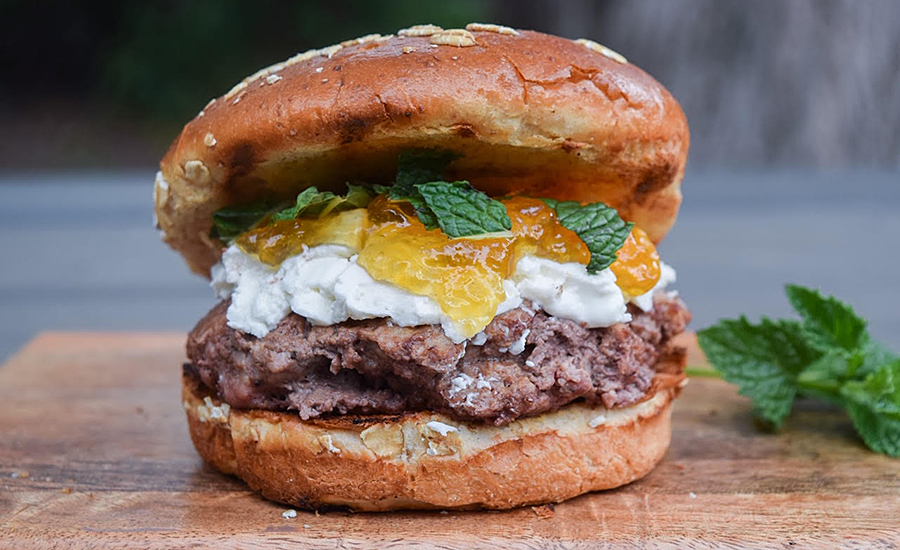
Peach Don't Kill my Vibe Burger–Courtesy of the American Lamb Board
Be vigorous in offering variety
Maintaining a generous offering of frozen and fresh burgers adds more easy-to-prepare meal options for customers and subsequently greater sales, Gwin says. Cross-merchandising cheese and other meal components will better enable shoppers “to see burgers as meal solutions, particularly as they look to the point-of-sale for new flavors and ideas for burger toppings for lunch and dinner.”
Such options, meanwhile, increasingly include lamb burgers. The Denver-based American Lamb Board has been touting the appeal of its “glam burger” for both home and restaurant consumption. Recent promotions include distributing lamb burger recipes; sharing videos detailing how to craft a lamb burger; and providing consumers with a free spice blend for lamb burger preparation.
The American Lamb Board also encouraged home cooks to share photos of their lamb burgers on Instagram or Facebook for a chance to win prize gift cards. It also launched a virtual event series challenging restaurants in Denver, Washington, D.C. and San Francisco to create lamb-burger recipes for their menus.
“Restaurants can be a great source of new burger ideas and flavors,” DuBois says. “Consumers that like a flavor while dining out often start looking for it in the supermarket. It is rarely the reverse. Novel foodservice offerings usually take two to three years to appear in supermarkets.”
Greater consumer demand for upscale burgers emphasizes the need for processors to have a quality mindset during ground beef production, which includes meeting stiff food safety standards, Gwin says.
“It is critical for stores to have a strong, high-quality ground beef program given America’s love affair with burgers and their prominence in the global diet,” he says. “But it is easy for retailers to lose credibility with their customers by overlooking quality” NP


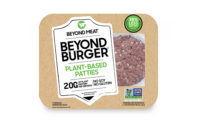
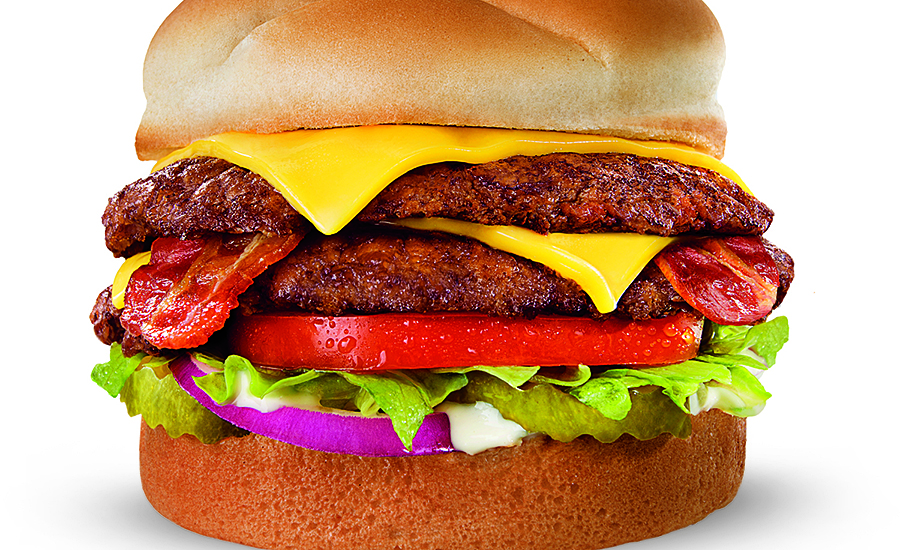
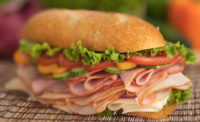
Report Abusive Comment